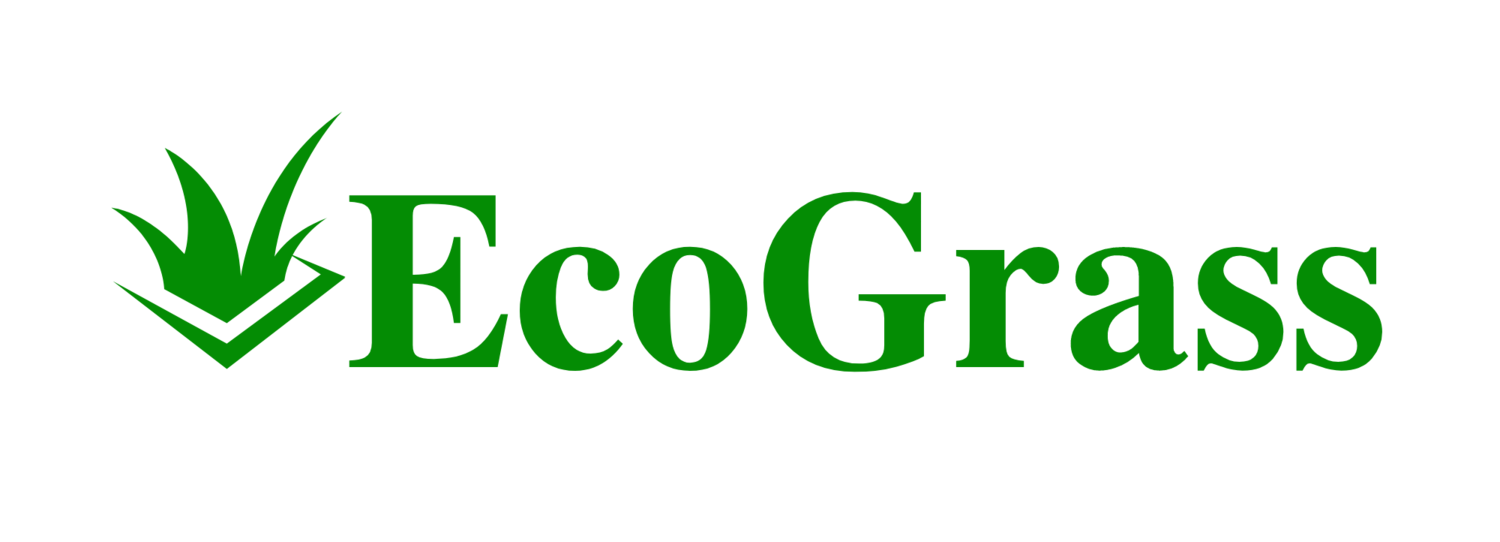Does Artificial Turf Drain? Understanding Water Management in Synthetic Grass Systems
When considering artificial turf for your residential or commercial space, one key factor that often comes to mind is drainage. Unlike natural grass, which can vary widely in its ability to absorb and filter water, artificial turf is designed with a drainage system that is both intentional and uniformly effective. Your artificial turf consists of a porous backing through which water can drain away, reducing the chances of waterlogging and sogginess.
The drainage capabilities of artificial grass are typically superior to those of natural grass. The backing material of artificial turf, which features numerous drainage holes, ensures that water doesn't stay on the surface or just underneath. Instead, it passes through the backing and into a specially constructed drainage layer beneath, which then directs the water away to the water table or drainage systems. This system makes artificial grass a reliable option for areas that experience heavy rainfall, ensuring that your outdoor space remains usable and low-maintenance.
Moreover, the efficiency of artificial turf in terms of drainage is evident in its impressive rates. Many artificial grass products are capable of draining tens of inches of water per hour per square yard. This high level of drainage is an assurance of its performance during adverse weather conditions, and it plays a pivotal role in preserving the longevity and appearance of your artificial turf installation. Regular maintenance can further enhance this drainage capability to ensure that your synthetic lawn remains in top condition year-round.
Artificial Turf Drainage Design
In designing drainage for artificial turf, you'll want to focus on high-performance solutions that effectively manage water flow to prevent pooling and ensure longevity of your synthetic lawn.
Drainage Capabilities and Technology
Artificial turf typically includes a permeable backing that allows water to drain through. Modern synthetics can vastly outperform the Synthetic Turf Council's minimum drainage rate requirement of 14 inches per hour. For instance, premium products like Flow 98 Olive and Flow 75+ Olive have drainage rates of 204.8 and 331.3 inches per hour, respectively. This performance level is achieved with advanced technologies such as porous backings and specialized drainage holes. The design of the sub-base is equally critical; layers comprising class II road base, decomposed granite, sand, or aggregate—like crushed rock—provider proper support and additional drainage solutions.
Below is a list of materials followed by their role in drainage design:
Porous Backing: Allows water to seep through backing
Class II Road Base: Provides stability and aids in drainage
Decomposed Granite: Assists in filtration and stability
Sand/Aggregate: Acts as a layer for improved drainage and leveling
Crushed Rock: Durable and porous for enhanced water flow
Comparing Drainage in Artificial Vs. Natural Grass
Your artificial turf's drainage efficiency is likely to exceed that of natural grass. Synthetic turf's foundations are designed to not be impacted by soil type or geological problems that often complicate natural lawn drainage. While natural grass relies on the quality and porosity of the soil, which can vary and lead to drainage problems, artificial turf is systematically engineered with a uniform drainage capacity.
Unlike natural lawns, where soil composition—from clay to sand—can drastically impact water absorption and runoff, your synthetic turf is built upon a consistent sub-base. The design of the drainage system in synthetic turf is intentional, aiming to avoid common issues faced by traditional lawns such as compaction, thatching, and variability that can result in waterlogging or insufficient water conservation. Moreover, landscaping with artificial turf means predictable drainage regardless of soil conditions beneath the installation.
Installation and Maintenance
Proper installation and regular maintenance of artificial turf are vital to preventing drainage issues and ensuring the longevity of your lawn. From the base material to the final infill, each step affects how well rainwater will drain through your artificial turf.
Preventing Drainage Issues During Installation
To prevent drainage problems during installation, you'll need to take several steps:
Start by ensuring your foundation has a slight grade, ideally between 1-2%, to facilitate rainwater runoff without compromising surface evenness.
A weed barrier or geotextile membrane is key to keeping weeds at bay and maintaining the drainage capabilities of your turf.
Select artificial grass with a hole-punched backing, placed every 4 to 6 inches, to allow for proper drainage.
Use crushed granite or a similar compact base material beneath the turf, which not only provides stability but also supports drainage.
When installing, carefully align the turf fibers and seams. Improperly matched seams or fibers facing multiple directions can lead to poor drainage and uneven wear.
Long-Term Maintenance and Problem Solving
Even with low-maintenance artificial turf, certain care practices will aid in preventing and solving drainage issues:
Regularly clear debris like leaves and twigs to prevent clogging of the drainage holes.
If your turf experiences heavy use from pets, consider pet turf options designed for easy cleanup and increased drainage.
Perform periodic brushing of the turf fibers to keep them upright, which helps any trapped rainwater drain more effectively.
Check for and remove any infill buildup that may impede water flow. Use a leaf blower or stiff brush for this purpose.
Address standing water immediately to prevent mold, mildew, and slippery surfaces.
If flooding occurs, inspect for and remedy any compaction, infill saturation, or contaminants that could block drainage.

